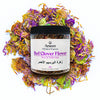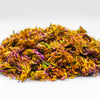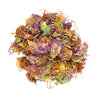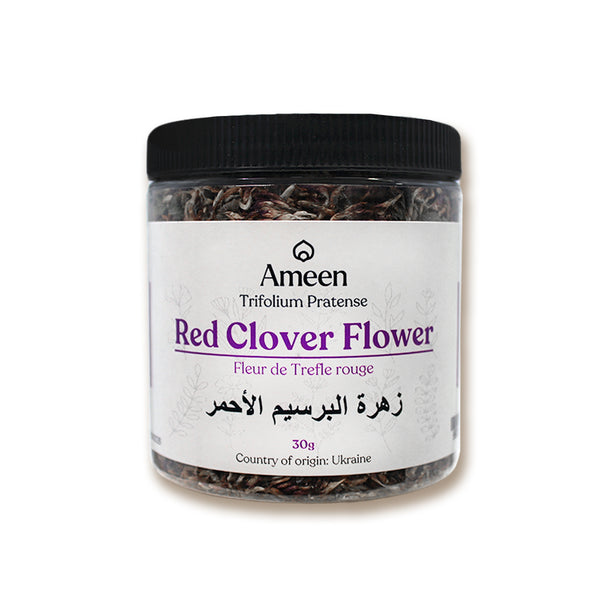Red Clover, scientifically known as Trifolium pratense, is a resilient perennial herb celebrated for its striking, pinkish-purple blooms. Indigenous to Europe, Western Asia, and Northwest Africa, this plant has gained worldwide admiration for its beauty and versatility. With its spherical, globe-like flowers and sweet, grassy flavor, Red Clover has found its way into culinary creations, wellness traditions, and picturesque landscapes.
Culinary Delights
The mild, sweet taste of Red Clover lends itself to a variety of culinary applications:
- Salads: Fresh blossoms add vibrant color and a subtle sweetness, enhancing the visual and flavor appeal of leafy greens.
- Cooked Dishes: Young leaves and flowers can be sautéed or steamed, offering a nutrient-packed, visually appealing addition to meals.
- Teas and Infusions: Red Clover’s delicate floral notes create a soothing, aromatic beverage, enjoyed both hot and iced.
A Legacy in Traditional Medicine
For centuries, Red Clover has played a significant role in traditional wellness practices across Europe and Asia. It has been traditionally used for its reputed health-supporting properties. While modern applications should always be approached with guidance from a healthcare professional, the plant's historical significance attests to its enduring value.
A Versatile, Aesthetic Addition
Beyond its culinary and wellness applications, Red Clover is a cherished feature in gardens and fields. Its bright, globe-shaped blossoms attract pollinators, supporting biodiversity and adding charm to natural spaces. Whether as a flavorful addition to your meal, a calming tea, or a vibrant garden bloom, Red Clover showcases its multifaceted appeal.
Botanical Name
Trifolium pratense
Also Known As
Cow Clover, Meadow Clover, Purple Clover, Trefoil, Beebread, Aasristik, Creeping Clover, Wiesenklee, Trepatra.





